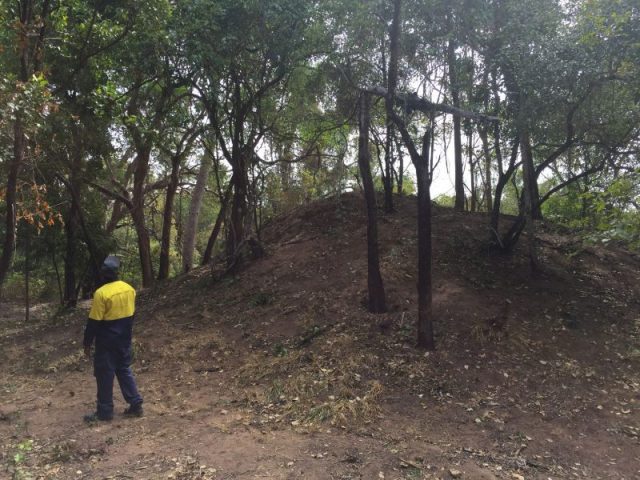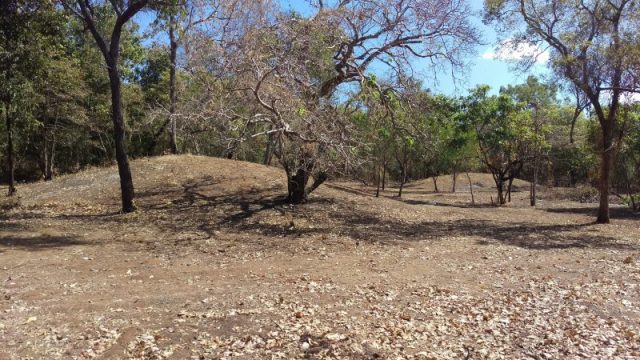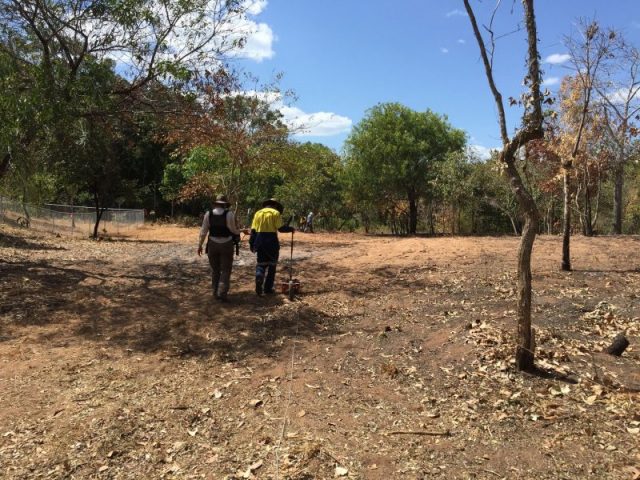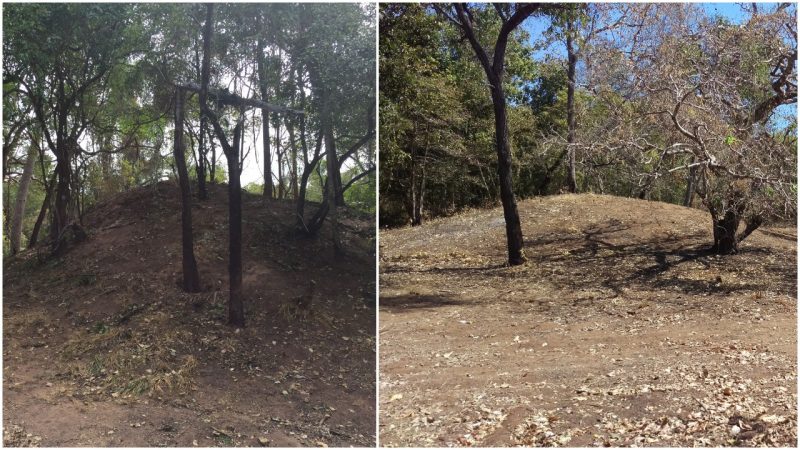Archaeologists working on a project in western Cape York, at the northern tip of Queensland, Australia, have announced the confirmation of an extensive mound-building culture in the region, responsible for hundreds of ceremonial burial mounds. The structures had been known about, indeed some were even built on, but they were previously assumed to be natural features of the landscape.
The mounds are so numerous that they stretch across at least 37 miles of the Mapoon coast, a remote, mostly indigenous community in Cape York. Local indigenous families have expressed fears they are surrounded by ghosts, with some mounds being in the gardens of local homeowners.
So far only 11 of the mounds have been carefully studied. The barrow structures range in size but are up to 13 feet high and many do appear to contain human interments. Archaeologists used ground-penetrating radar and magnetometer technology to peer beneath the surface and get a glimpse of the internal areas, helping them to better understand Aboriginal burial practices, possibly stretching back over many millennia.
The idea to use ground-penetrating radar had originated with the local indigenous people, some of whom had watched the technology employed on the popular British television show Time Team.

Many of the mounds were built over noticeably burnt surfaces where ceremonial fires had burned intensely over time. Stones, coral, spears, and other objects have already been detected within some of the mounds. The discoveries could change the way we understand Aboriginal burial rites, offering incredible overlap with the Neolithic Europeans who often buried important members of their tribes in similar tumuli.
“We don’t know how old they are,” offered archaeologist Mary-Jean Sutton. “They could be 6,000 years old. They could be tens of thousands of years old. We believe potentially 5,000 to 6,000 years old, but they could be much, much older and potentially also younger, and we need to carry out more research to date them.”

A mission was established by settlers at Mapoon in 1891 following incidents of frontier violence, with catastrophic impact on local indigenous communities. In the 1960s the population was forcibly removed and most of their buildings burned down. This dark history explains why some indigenous families ended up living so close to the burial sites, having lost the oral history explaining what the mounds really were.
“A lot of these people were saying they were being haunted,” Dr Sutton noted.
A local Tjungundji elder, Aunty Diane Nicholls, said many people in the area had come to assume the mounds were part of the natural landscape, perhaps abandoned turkey nests. The Australian brush-turkey–also known as the scrub or bush turkey–builds nesting mounds out of plant litter and soil which are usually 6 to 13 feet across and 4 feet high.

Professor Lawrence Conyers of the University of Denver has suggested important people were buried in these monuments, showing the creation of an elite group in an otherwise egalitarian society.
Dr Sutton, of archaeological consultants Virtus Heritage, said the research had been conducted in partnership with Western Cape Communities Trust and Mapoon families.
Bruce R. Fenton is a researcher of human evolution and ancient hominin migrations, with a special focus on the rise of the first Homo sapiens. Fenton is the author of the pop-science book The Forgotten Exodus: The Into Africa Theory of Human Evolution, as well as a regular guest writer for several online magazines. His research interests have taken him to all six inhabited continents and led to his being featured in the UK Telegraph and acting as an expedition leader for the Science Channel. He is a current member of both the Palaeoanthropology Society and the Scientific and Medical Network.
